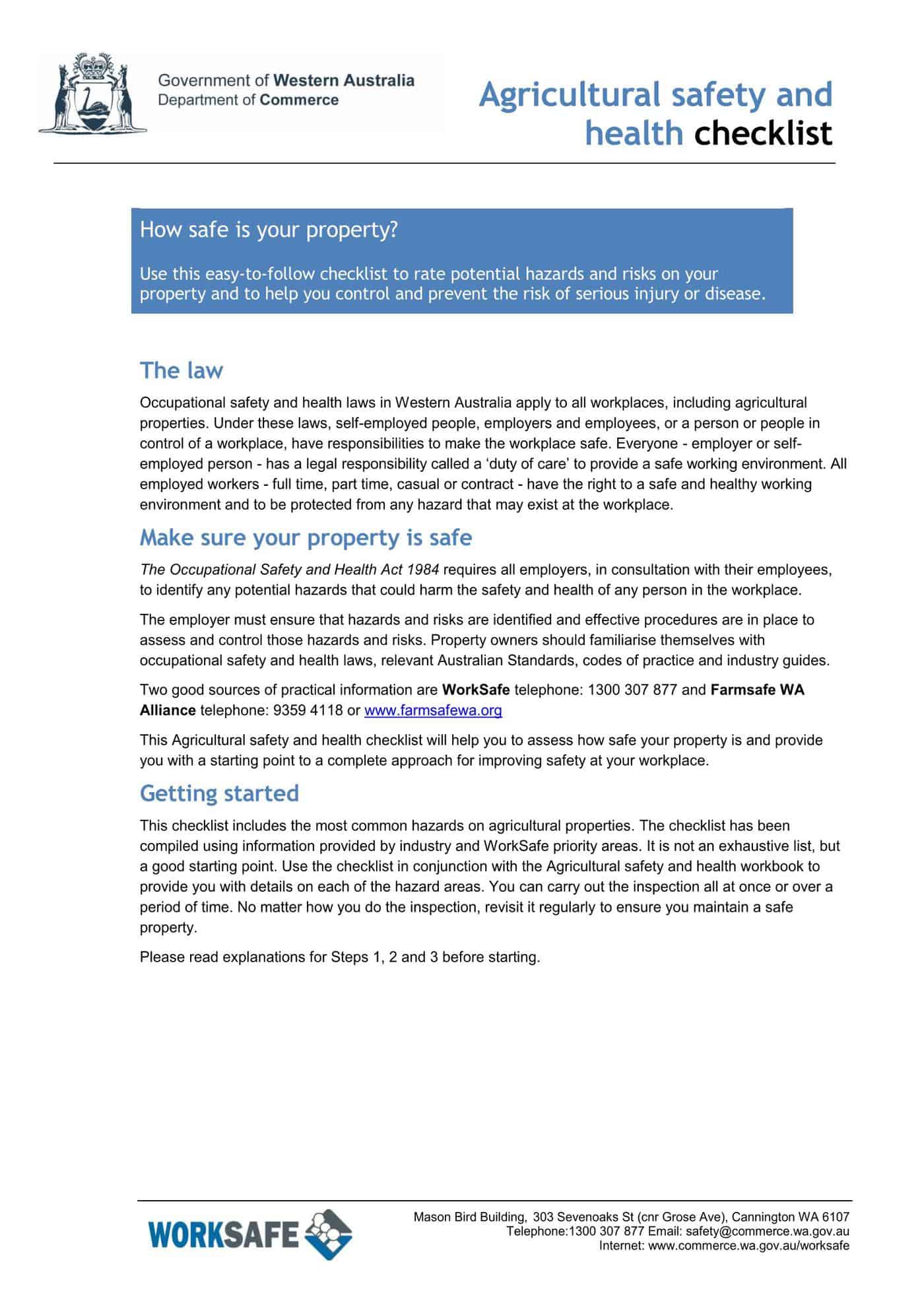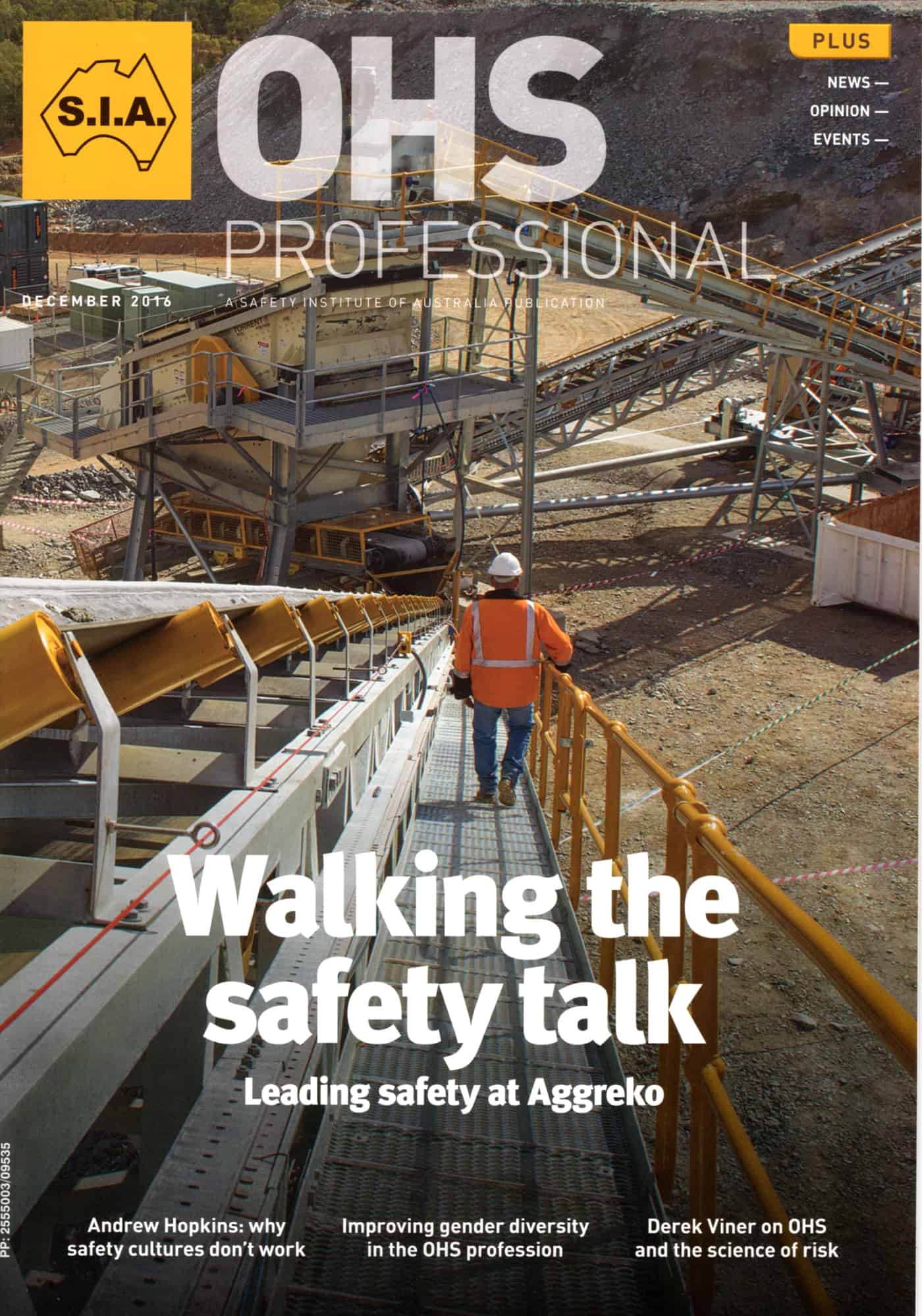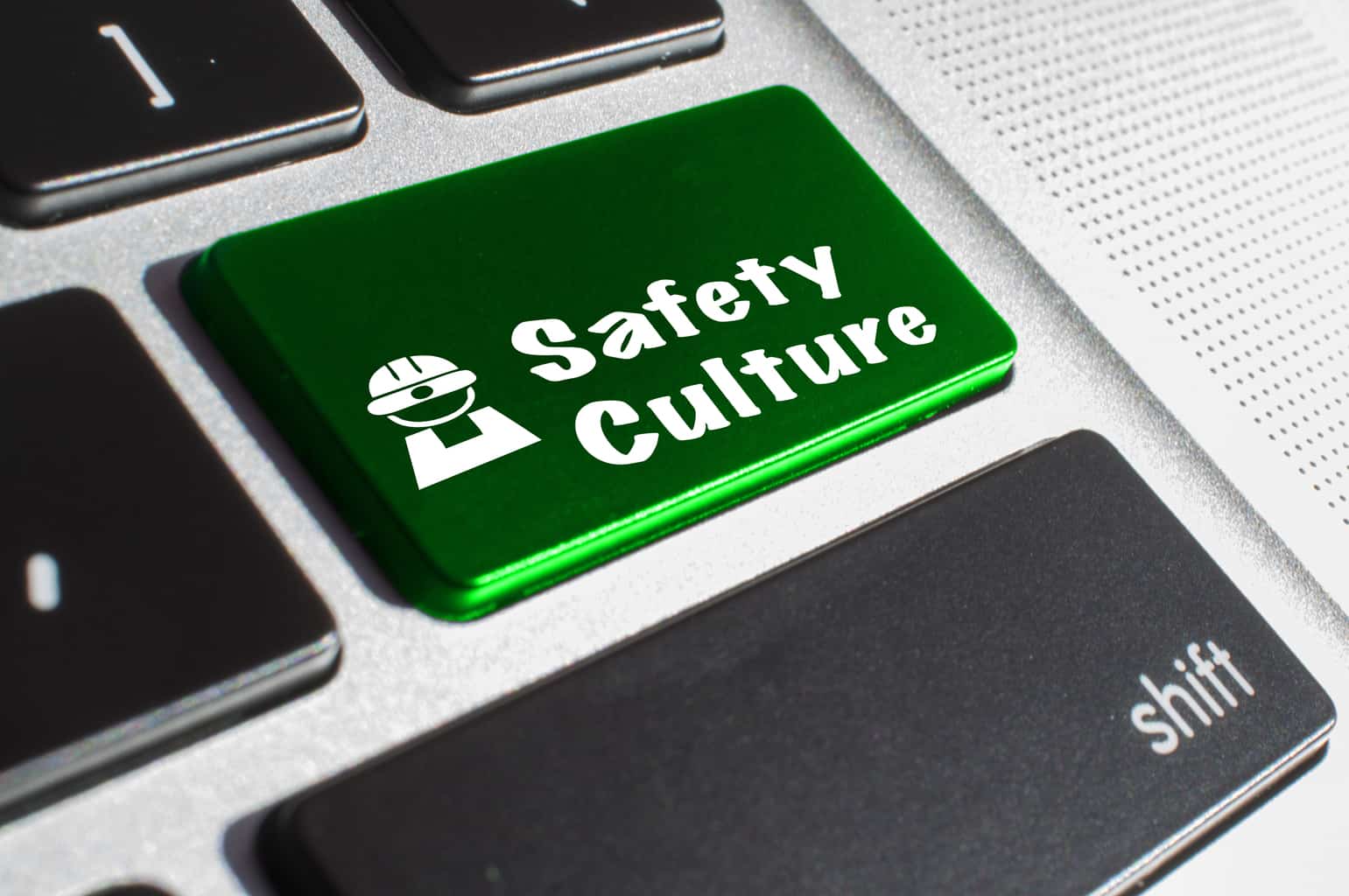 On 18 January 2017, WorkSafeWA released an agricultural safety checklist which includes some hazards associated with quad bike operations. West Australia’s occupational health and safety (OHS) regulator stresses the checklist only lists common hazards and refers to a handbook. The only agricultural handbook available on its website is from 2014 and the quad bike safety information seems outdated or, at least, inconsistent with the advice from South Australia and elsewhere. Continue reading “Inconsistent quad bike safety advice in WA”
On 18 January 2017, WorkSafeWA released an agricultural safety checklist which includes some hazards associated with quad bike operations. West Australia’s occupational health and safety (OHS) regulator stresses the checklist only lists common hazards and refers to a handbook. The only agricultural handbook available on its website is from 2014 and the quad bike safety information seems outdated or, at least, inconsistent with the advice from South Australia and elsewhere. Continue reading “Inconsistent quad bike safety advice in WA”
Tag: OHS
Dummies can equal clarity
 It took a long time but Wiley has published a Dummies guide on Health and Safety At Work. The lack of an occupational health and safety (OHS) book in this series has always been a mystery particularly when the Dummies” market seems to be, primarily, small- to medium-sized businesses. This edition is written for the UK market but the vast majority of the book is applicable to any jurisdiction that is based on the original UK OHS laws. But is it any good?
It took a long time but Wiley has published a Dummies guide on Health and Safety At Work. The lack of an occupational health and safety (OHS) book in this series has always been a mystery particularly when the Dummies” market seems to be, primarily, small- to medium-sized businesses. This edition is written for the UK market but the vast majority of the book is applicable to any jurisdiction that is based on the original UK OHS laws. But is it any good?
SafetyAtWorkBlog dipped into several chapters of the book to see if it was on the right path.
The fashion of safety culture
 In 2016, Professor Andrew Hopkins urged occupational health and safety (OHS) professionals to abandon safety culture. In the December 2016 edition of OHS Professional magazine ($), he writes further about this position.
In 2016, Professor Andrew Hopkins urged occupational health and safety (OHS) professionals to abandon safety culture. In the December 2016 edition of OHS Professional magazine ($), he writes further about this position.
Several of Hopkins’ statements make the reader stop, sit up and reflect. He writes
“What people do is something company leadership can indeed control, while what people think is neither here nor there“(page 28 – emphasis added).
POW!, there goes a lot of the safety training that is provided.
Safety Culture from the accounting perspective
Occupational health and safety (OHS) spends a lot of time discussing safety culture. The same names keeping cropping up in the discussion illustrating the insularity of the safety profession. But other professional sectors are also interested in safety culture.
Recently this blog contained an article about the
CEO-speak and safety culture – losing track of what matters most
The BP Deepwater Horizon disaster has faded to become another safety leadership failure to be discussed in the OHS and risk management courses but some new research ($ paywall) in Critical Perspectives on Accounting provides a fresh perspective on BP’s safety culture and leadership prior to the major disaster by deconstructing the speeches of the the then-CEO, Tony Hayward.
Teaching OHS in China
Guest post from Col Finnie of fini:ohs :
 This year (2016) I had two 2-month stints teaching OHS and risk management in Sichuan China as a casual employee for a Melbourne-based TAFE. It was quite a learning experience. And I thought to pass on a bit of the stuff I learned for others who might find themselves doing teaching or training in the economic powerhouse that is China. A total of 4 months teaching does not an expert make: so the “musings” here should be treated as intended: random observations from a China “newbie” for other newbies.
This year (2016) I had two 2-month stints teaching OHS and risk management in Sichuan China as a casual employee for a Melbourne-based TAFE. It was quite a learning experience. And I thought to pass on a bit of the stuff I learned for others who might find themselves doing teaching or training in the economic powerhouse that is China. A total of 4 months teaching does not an expert make: so the “musings” here should be treated as intended: random observations from a China “newbie” for other newbies.
Both gigs were at a college in Deyang, a relatively small western region city (4 million pop. or thereabouts). Keep in mind “the vibe” changes a lot depending on size of the city. The capital of Sichuan is Chengdu, 80 km or so south-west of Deyang, and the vibe in that city of 14 and a bit million is significantly different to Deyang. Continue reading “Teaching OHS in China”
SafetyAtWorkBlog’s top two articles for 2016
As 2016 comes to a close, I have dipped into the statistics and found the two SafetyAtWorkBlog articles that had the highest readership in 2016 were articles discussing the thoughts of Michael Tooma and Andrew Hopkins. Both of the articles were challenging – one of the existence or relevance of safety culture and the other about how occupational health and safety (OHS) is desperate for a change and struggling to start that change.
The statistics should not be surprising as both Tooma and Hopkins have a high recognition rate in the Australian OHS field and both have and international context – Hopkins through his analysis of industrial disasters and Tooma through his “safety differently” world tour. Continue reading “SafetyAtWorkBlog’s top two articles for 2016”


